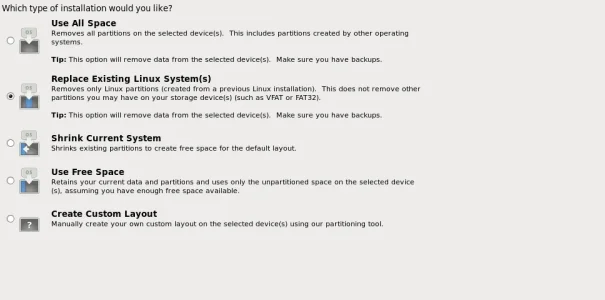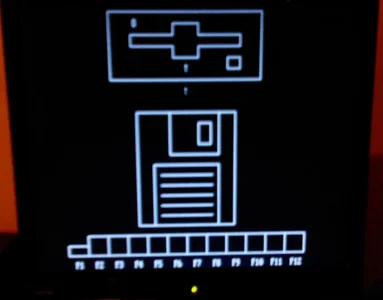Sheratan
Well-known member
A server just came to my house. IBM x3250 M4. My friend ask me to install CentOS 6 64-bit. But after create the partition with CentOS default scheme:
/500 boot
/4000 swap
/ the rest of it
A warning appeared:
It's a 286102 MB (300GB roughly) Strange isn't?
Any help will be appreciated.
/500 boot
/4000 swap
/ the rest of it
A warning appeared:
You are using a GPT bootdisk on a non-EFI system. This may not work, depending on you BIOS's support for booting from GPT disks
It's a 286102 MB (300GB roughly) Strange isn't?
Any help will be appreciated.

